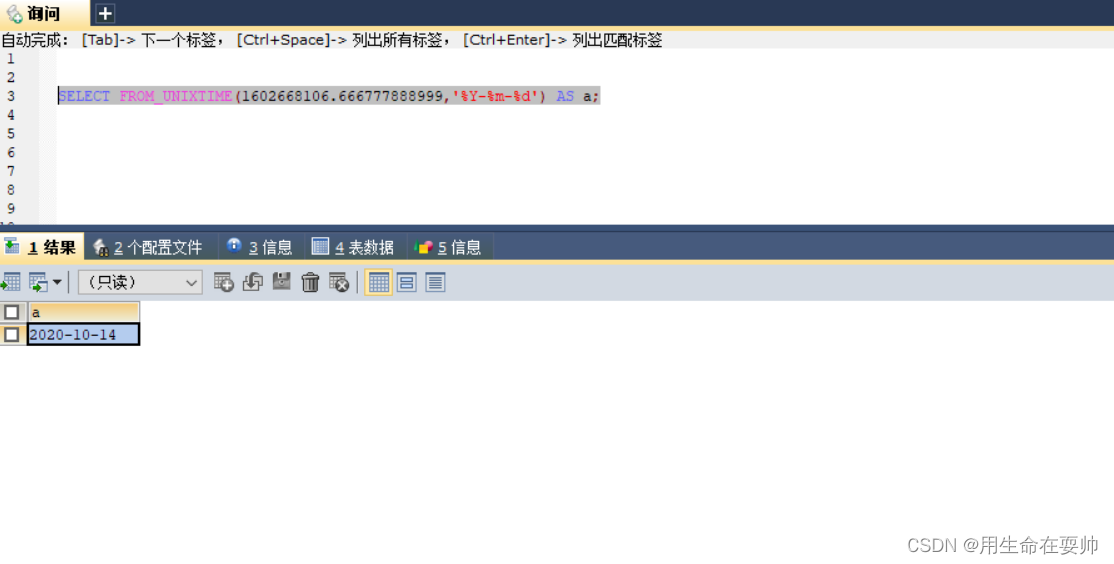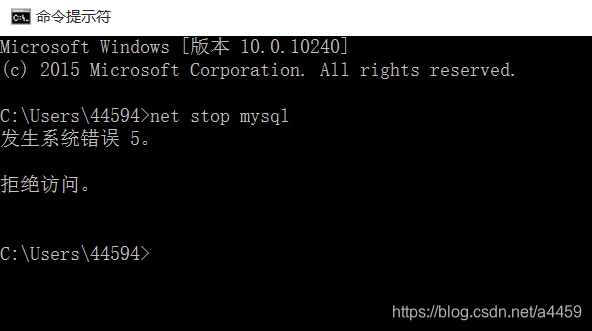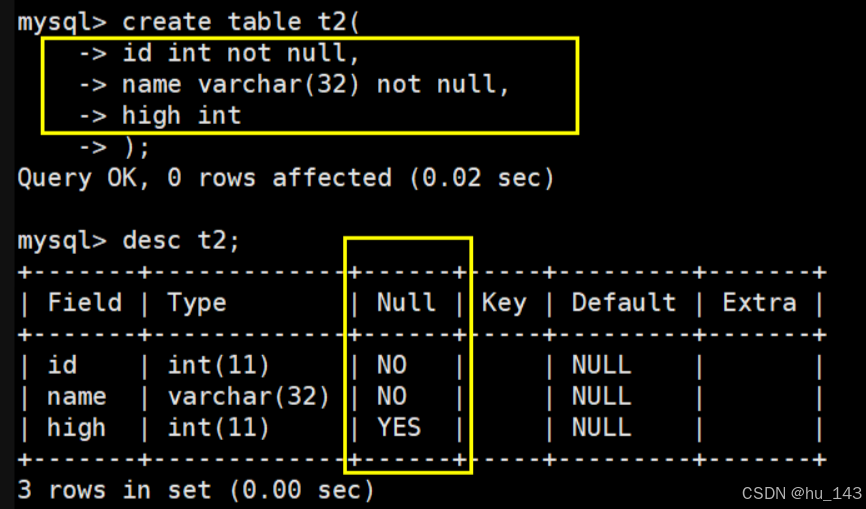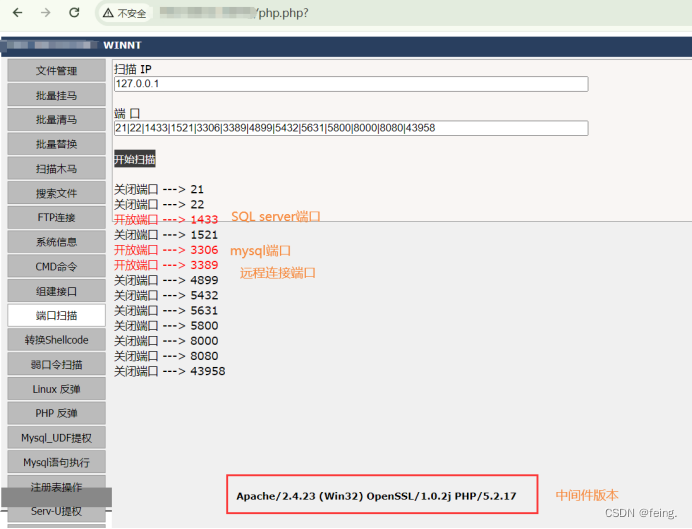mysql中Innodb行锁实现原理介绍
一、Innodb行锁的实现 【1】Innodb的行锁是通过给索引的索引项加锁来实现的 【2】Innodb按照辅助索引进行数据操作时,辅助索引和主键索引都将锁定指定的索引项 【3】通过索引进行数据检索时
一、Innodb行锁的实现【1】Innodb的行锁是通过给索引的索引项加锁来实现的 【2】Innodb按照辅助索引进行数据操作时,辅助索引和主键索引都将锁定指定的索引项 【3】通过索引进行数据检索时,Innodb才使用行级锁,否则Innodb将使用表锁 二、场景分析环境: 创建一张表,ID为主键,Name为普通字段。下面通过实际场景进行说明。 【1】使用主键ID来进行数据检索时,其余行仍然可以操作。
三、特殊场景即便在条件中使用了索引字段,但是否使用索引来检索数据是由MySQL通过判断不同执行计划的代价来决定的,如果MySQL认为全表扫描效率更高,比如对一些很小的表,它就不会使用索引,这种情况下InnoDB将使用表锁,而不是行锁。因此,在分析锁冲突时,别忘了检查SQL的执行计划,以确认是否真正使用了索引。 在下面的例子中,检索值的数据类型与索引字段不同,虽然MySQL能够进行数据类型转换,但却不会使用索引,从而导致InnoDB使用表锁。通过用explain检查两条SQL的执行计划,我们可以清楚地看到了这一点。
|
您可能感兴趣的文章 :
-
Navicat连接MySQL出现2059错误的解决方案介绍
Navicat连接MySQL出现2059错误 在Navicat中连接MySQL时遇到错误代码2059,这表示MySQL服务器不接受Navicat客户端提供的加密插件。 MySQL 8.0 及以上版本 -
mysql时间戳格式化yyyy-mm-dd的使用介绍
格式化到 年月日 1 2 3 4 # 将时间换成列名就行;当前是秒级时间戳,如果是毫秒的 / 1000即可 # SELECT FROM_UNIXTIME(1602668106666.777888999 / 1000,%Y-%m -
mysql-8.0.15-winx64安装与修改密码方式介绍
第一步:下载 移步官网:https://www.mysql.com/downloads/下载一个压缩包(个人版) 第二步:安装 解压安装包,根据自己的喜好选择路径 将安装 -
mysql中Innodb行锁实现原理介绍
一、Innodb行锁的实现 【1】Innodb的行锁是通过给索引的索引项加锁来实现的 【2】Innodb按照辅助索引进行数据操作时,辅助索引和主键索引都将 -
windows-mysql8.0.15如何修改密码、重置密码
windows-mysql8.0.15 修改密码、重置密码 打开命令窗口cmd 输入命令:net stop mysql,停止MySQL服务。 1 net stop mysql 如果出现下图提示,就则需要用管 -
MySQL按时间进行表分区的方法
创建按月份分区的表 1 2 3 4 5 6 7 8 9 10 11 12 13 14 15 16 create table if not exists table_name ( id bigint auto_increment comment 主键id, create_by varchar(64) not null -
mysql数据库提权的三种方法
MySql提权的三种方式: udf提权 mof提权 启动项提权 以下是一些常见的数据库及其默认端口: 1. MySQL: 默认端口为 3306 2. PostgreSQL: 默认端口为 -
解决ERROR 2003 (HY000): Can‘t connect to MySQL server on ‘
最近在学习Django框架,于是在windows系统上搭建了Django环境,并使用虚拟机ubuntu系统上安装的mysql作为项目的远程数据库,前几天一直用得好
-
zabbix监控mysql的实例方法
2021-06-02
-
MySQL时间类型的选择
2021-06-05
-
MySQL数据库基本SQL语句教程之高级操作
2022-06-27
-
MySQL文件权限存在的安全问题和解决方
2024-07-31
-
利用Mysql定时+存储过程创建临时表统
2024-02-19















